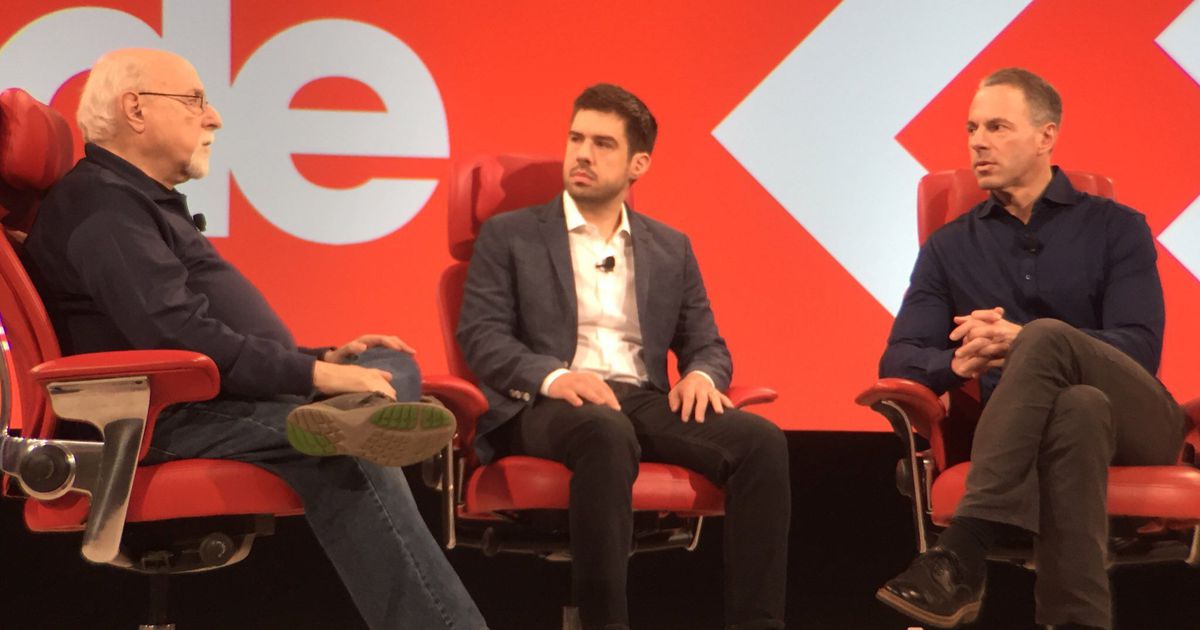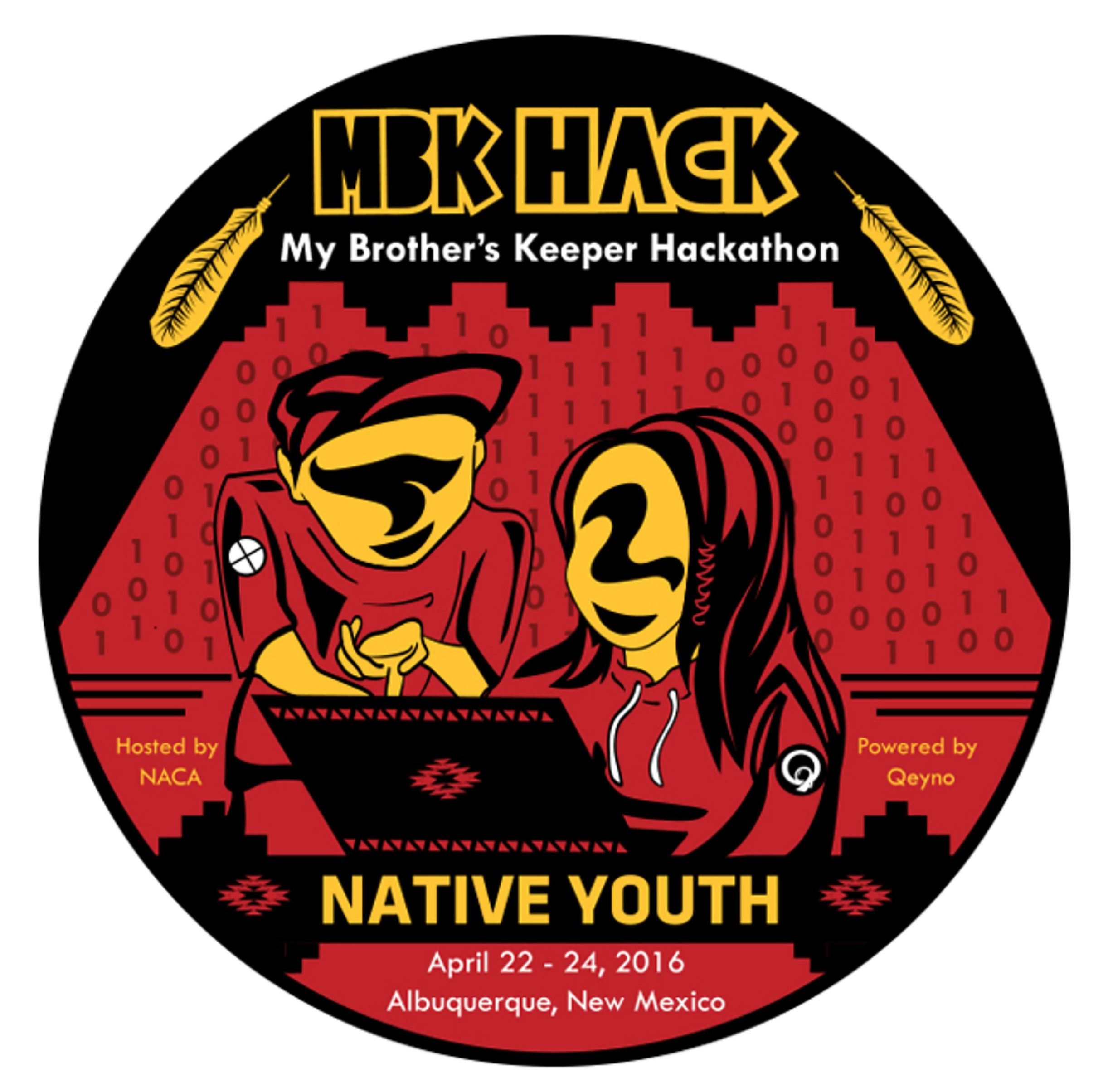Jun 3, 2016
New Brain Implant Lets You Control Machines Using Your Thoughts
Posted by Shailesh Prasad in categories: biotech/medical, neuroscience
Australian scientists are developing a biocompatible implant that will allow paralyzed patients to control machines with just their thoughts.
Forget Siri and Cortana. Soon, you may be able to give commands to machines just by “thinking” them.
A team of researchers and engineers at Melbourne University are developing a stentrode, a tiny implant to be placed into a blood vessel next to the brain, which can record electric activity from a specific part of the brain. The information will then be decoded and interpreted into thoughts.
Continue reading “New Brain Implant Lets You Control Machines Using Your Thoughts” »
















